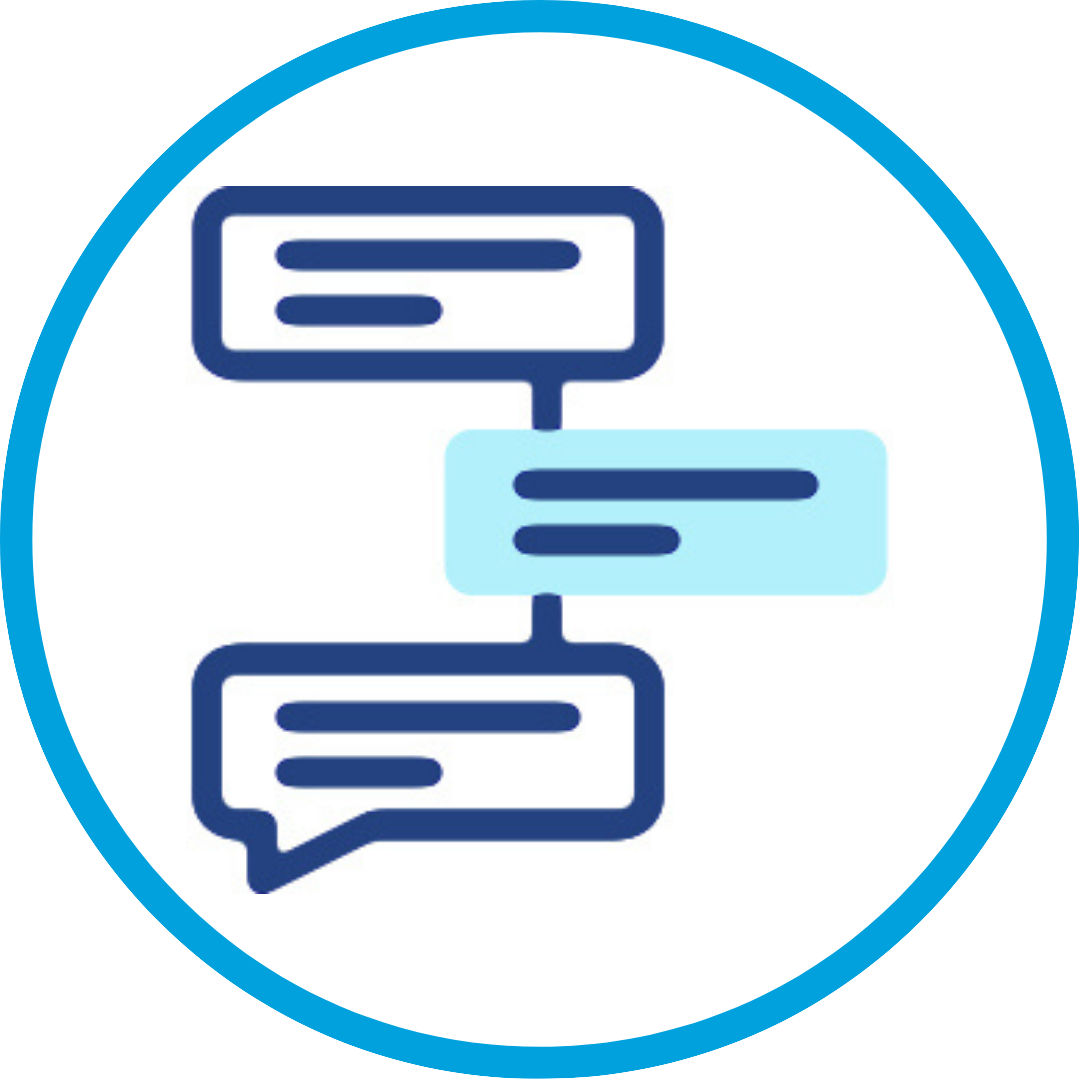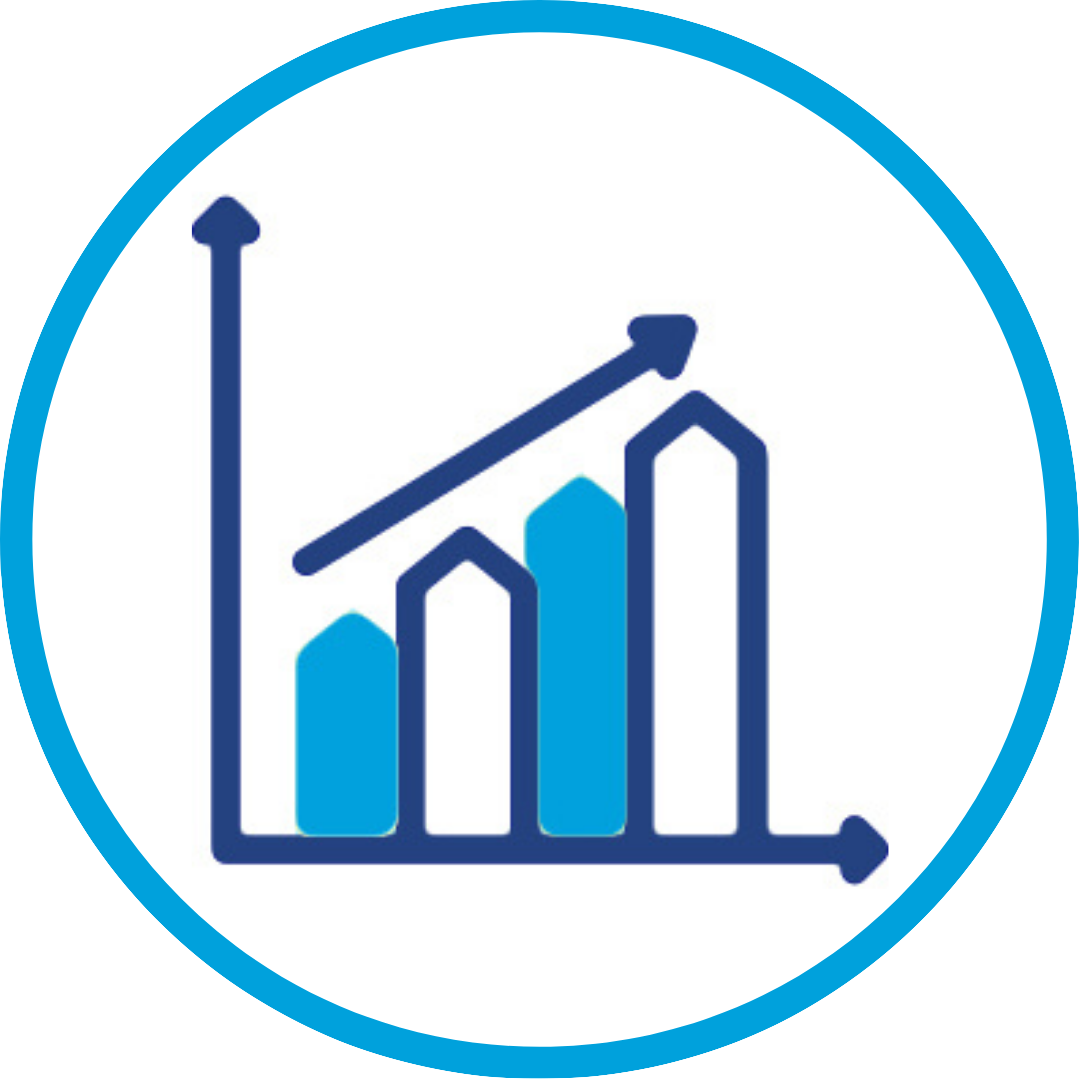- Home
- Community overview
- StreamSets Platform
StreamSets Platform
Get inspired and gain all the knowledge you need
1240 Topics
Drew KreigerSenior Community Builder at StreamSets
asked in Community Articles and Got a Question?
Drew KreigerSenior Community Builder at StreamSets
asked in Community Articles and Got a Question?
Drew KreigerSenior Community Builder at StreamSets
asked in Community Articles and Got a Question?
Drew KreigerSenior Community Builder at StreamSets
asked in Community Articles and Got a Question?
Drew KreigerSenior Community Builder at StreamSets
asked in Community Articles and Got a Question?
Drew KreigerSenior Community Builder at StreamSets
asked in Community Articles and Got a Question?
Drew KreigerSenior Community Builder at StreamSets
asked in Community Articles and Got a Question?
Drew KreigerSenior Community Builder at StreamSets
asked in Community Articles and Got a Question?
ashok vermaDiscovered Fame
asked in Community Articles and Got a Question?
ashok vermaDiscovered Fame
asked in Community Articles and Got a Question?
swayamDiscovered Fame
asked in Community Articles and Got a Question?
swayamDiscovered Fame
asked in Community Articles and Got a Question?
swayamDiscovered Fame
posted in Community Articles and Got a Question?
Badge winners
 Sperchhas earned the badge Eager to help
Sperchhas earned the badge Eager to help vishwesh.margasahayamhas earned the badge Product expert
vishwesh.margasahayamhas earned the badge Product expert ajinkyahas earned the badge Innovator
ajinkyahas earned the badge Innovator Sanjeevhas earned the badge Eager to help
Sanjeevhas earned the badge Eager to help AkshayJadhavhas earned the badge Eager to help
AkshayJadhavhas earned the badge Eager to help
Enter your E-mail address. We'll send you an e-mail with instructions to reset your password.
Scanning file for viruses.
Sorry, we're still checking this file's contents to make sure it's safe to download. Please try again in a few minutes.
OKThis file cannot be downloaded
Sorry, our virus scanner detected that this file isn't safe to download.
OK





